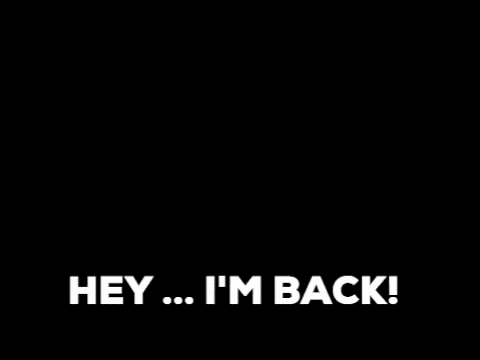As some of my readers know, until recently I had not played any live poker since before the pandemic. Well…
Rather than do a hand analysis for this post, I thought I’d give some insight into the kinds of things I was thinking about as I prepared to play the main event at the Turning Stone circuit stop last weekend.
Before any tournament, I like to go in with a plan. I almost always end up deviating from my plan in the heat of battle, but it helps immensely to have a starting point to deviate from.
A “plan” could simply be “memorize as many solver outputs as possible”, and that would be valid. But I find it more interesting, and more helpful, to figure out where my preferred playing style deviates most from solver recommendations, and to determine what to do about that.
It’s not that I have solver outputs memorized for every spot—far from it—but I have a pretty good idea of the kinds of hands the solver wants to play for flats and three-bets in the most common tournament scenarios.
I know, for example, that the solver often likes to choose a polarized three-bet range at most tournament stack sizes, and that that range includes few good suited hands (if any). The solver likes to flat in position with a lot of these hands, letting it play a relatively wide range in late position even against early opens. In short: a lot of flats, not too many three-bets.
That’s fine…in theory. But for the following reasons, I often like to play a tighter and more aggressive style than the computer recommends.
1.) It’s a tournament, which means even theoretical best play is tighter and more aggressive than a solver only interested in chips would suggest.
2.) By giving my opponents more decision points, I give them more chances to make a mistake. If I flat preflop, my opponent has nothing more to do until the flop. No more actions means no wrong actions. My opponents are human beings, and some of them are ready to fold AQ to my three-bet, or to four-bet shove 200 blinds with deuces, or to call a three-bet out of position with something unplayable. They can’t do these things if I just call.
3.) Playing tight-aggressive is a better fit for my natural playing style, which should mean I’ll make better and more confident decisions going forward in the hand by taking this path.
4.) When I’ve tracked my results, I’ve usually found that I win far more pots when I three-bet than when I flat. Now of course, I have a better hand on average when three-betting than flatting, but still, winning more pots is a nice feature for a tournament player, who will likely only see a few hundred hands before a winner is decided.
I spent some time before this tournament thinking about when exactly I would deviate from the solver’s more passive approach. The shorter your stack is, the harder it becomes to exploit opponents—i.e., the harder it becomes to improve on the solver’s strategy. But somewhere in that middle stack region, poker again becomes a game between humans. And that’s what I’ve been missing the most.
As it turns out, I got dealt almost no hands that were good three-betting candidates last weekend. This happens sometimes. Fortunately, I ran good enough in showdowns to finish 43rd in the event for a small profit.
I’ll share a hand or two from the event in my next post.




